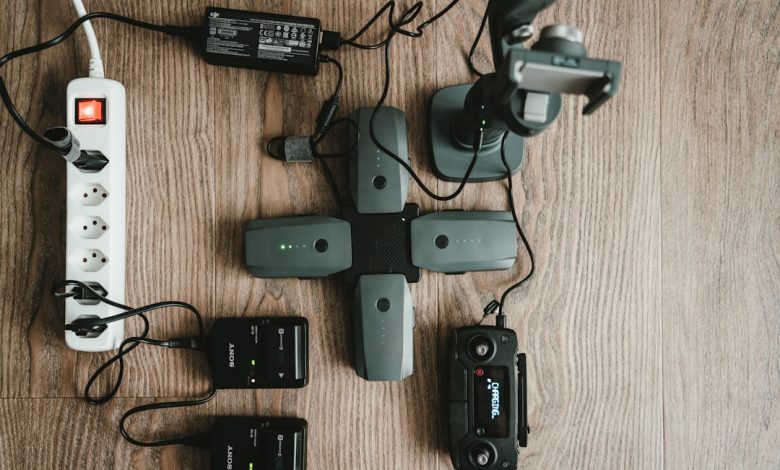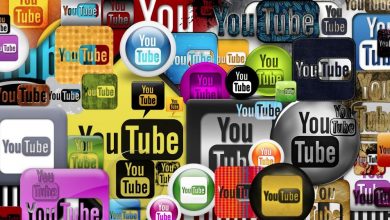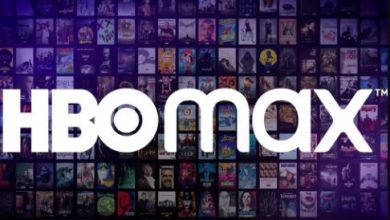Can You Use ChatGPT to Watch and Explain Videos?

As artificial intelligence continues to evolve, the capabilities of tools like ChatGPT are expanding rapidly. While traditionally known for text-based interactions, one intriguing question being asked is whether ChatGPT can be used to watch and explain videos. In this article, we explore the current possibilities, limitations, and future potential of this fascinating application of AI.
Understanding ChatGPT’s Core Functionality
At its heart, ChatGPT is a language model developed by OpenAI. It excels at understanding and generating human-like text, answering questions, assisting with writing, summarizing content, and more. However, it does not natively process video or audio formats. That means ChatGPT can’t watch a video in the same way a human would, by viewing moving images and listening to audio in real-time.
So, what does this mean for your video-related queries? Fortunately, with a bit of additional context or help from companion tools, ChatGPT can still play a valuable role.
How ChatGPT Can Help with Videos
While ChatGPT cannot directly watch videos, here are a few ways it can still be used effectively to understand and explain them:
- Video Transcripts: If a transcript or subtitle file (like an .srt or .vtt file) is available, you can paste this text into ChatGPT. The model can then analyze the content, summarize it, interpret difficult sections, or rewrite it for clarity.
- User-Provided Descriptions: By describing a video’s content—such as the scenes, dialogue, or key visuals—you allow ChatGPT to generate an explanation or critique based on your input.
- Using Companion Tools: AI services like Whisper (for audio transcription) or image recognition tools can convert video or audio to text or visual descriptions, which ChatGPT can then process and explain.
Applications in Real Life
The ability to interpret video content through ChatGPT’s text capabilities can be helpful in numerous areas:
- Educational Content: Suppose you have a recorded lecture but find it hard to follow. You can convert the audio to text and then ask ChatGPT to summarize or rephrase it for better understanding.
- Accessibility: For those who are hearing- or visually-impaired, ChatGPT can assist in translating video content into more accessible text-based explanations, provided it has a description or a transcript to work from.
- Film and Content Analysis: ChatGPT can help break down themes, characters, and narratives in movies and TV shows when users supply the script, synopsis, or key details.
Exploring Integrations and Future Potential
As more AI systems are integrated, there’s potential for ChatGPT to be part of a more complex toolchain. For example, automatic transcription services can process a video, extract audio and subtitles, and deliver that to ChatGPT for further summarization or explanation. Some developers are even building plugins that let ChatGPT connect directly to video platforms through APIs, offering interactive content exploration.
[ai-img]video analysis speech to text machine learning[/ai-img]OpenAI has also introduced models like GPT-4 with multimodal capabilities, which means they can process text and images. While full video support isn’t built-in yet, interpreting static frames or visual summaries is within reach. This paves the way for future updates where AI could more independently analyze video formats.
Limitations to Keep in Mind
Despite these exciting possibilities, a few limitations still exist:
- No Native Video Input: ChatGPT cannot directly play, pause, or view video files.
- Quality Depends on Description: The explanations ChatGPT provides rely heavily on the accuracy and completeness of the text input it’s given.
- Context Sensitivity: ChatGPT may occasionally miss subtle visual elements such as facial expressions or cinematographic techniques unless these are described explicitly.
Conclusion
In summary, while ChatGPT doesn’t watch videos in the traditional sense, you can absolutely use it to understand and explain video content—especially by supplementing it with transcripts or detailed descriptions. With the rise of multimodal AI and smart integrations, the line between text and video comprehension is becoming increasingly blurred. The future holds promising advancements that may one day allow AI to navigate video content as smoothly as it does with text today.



